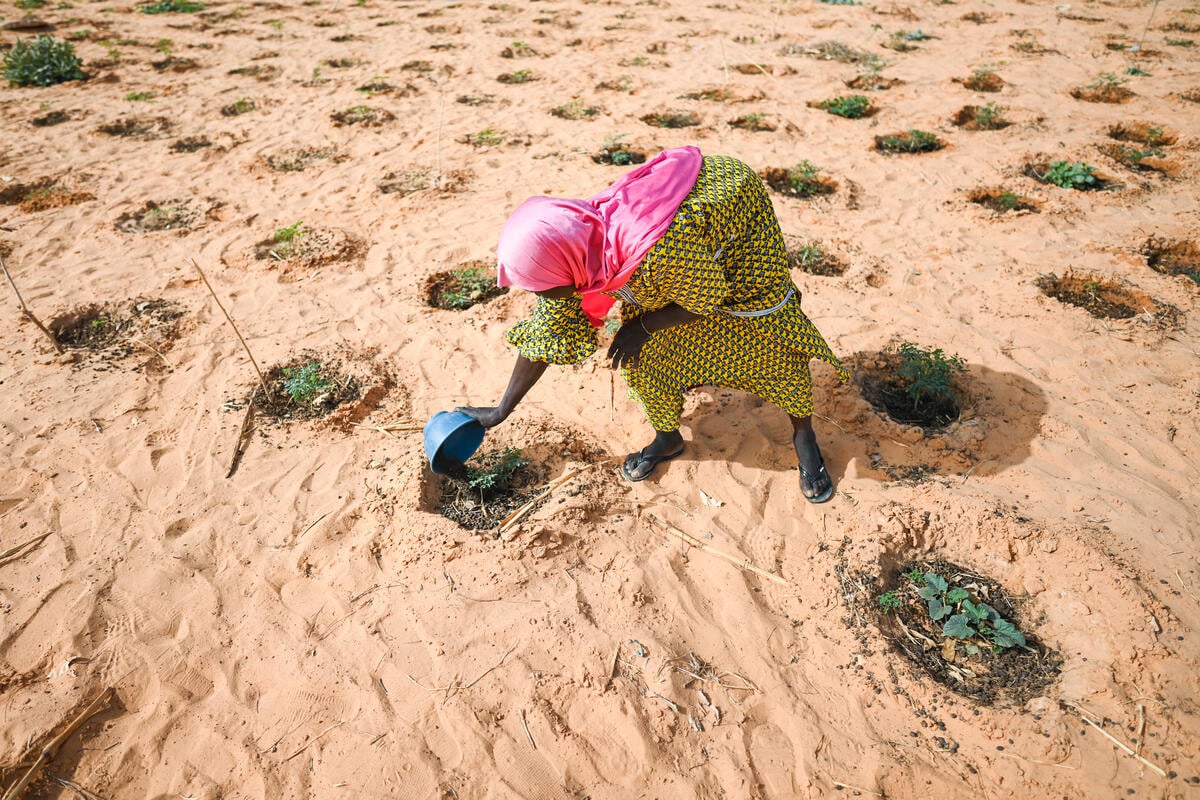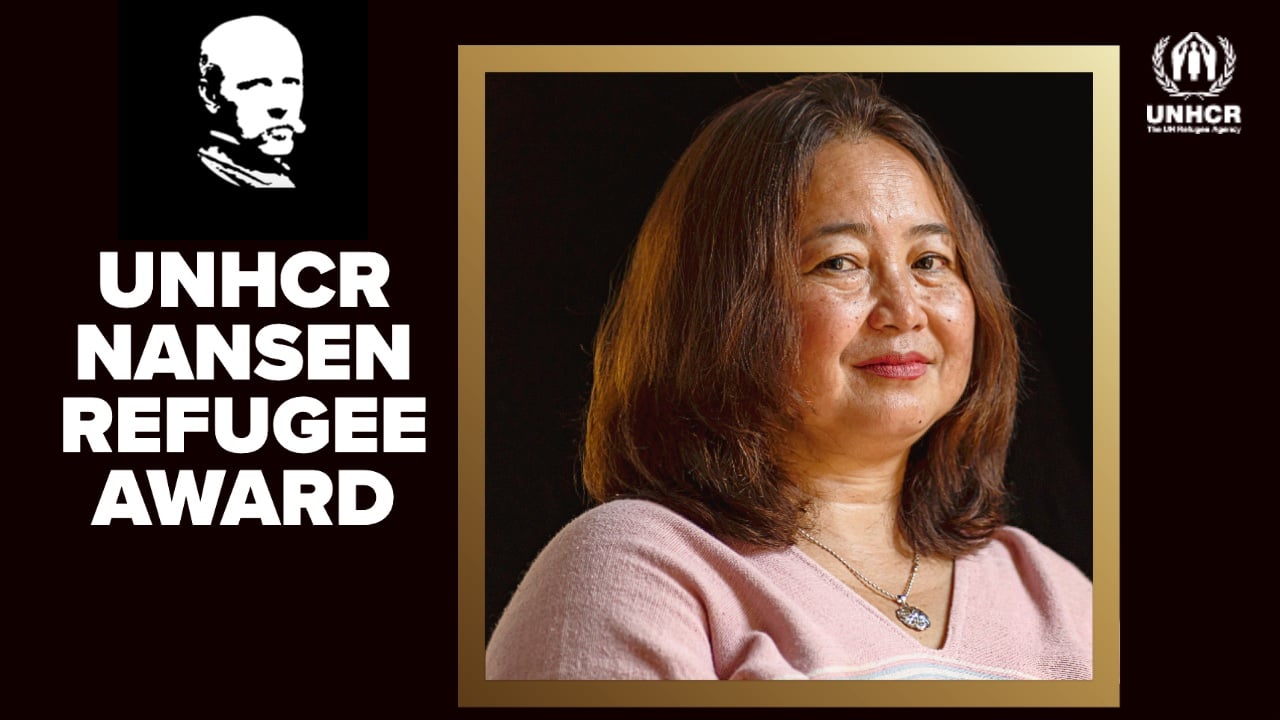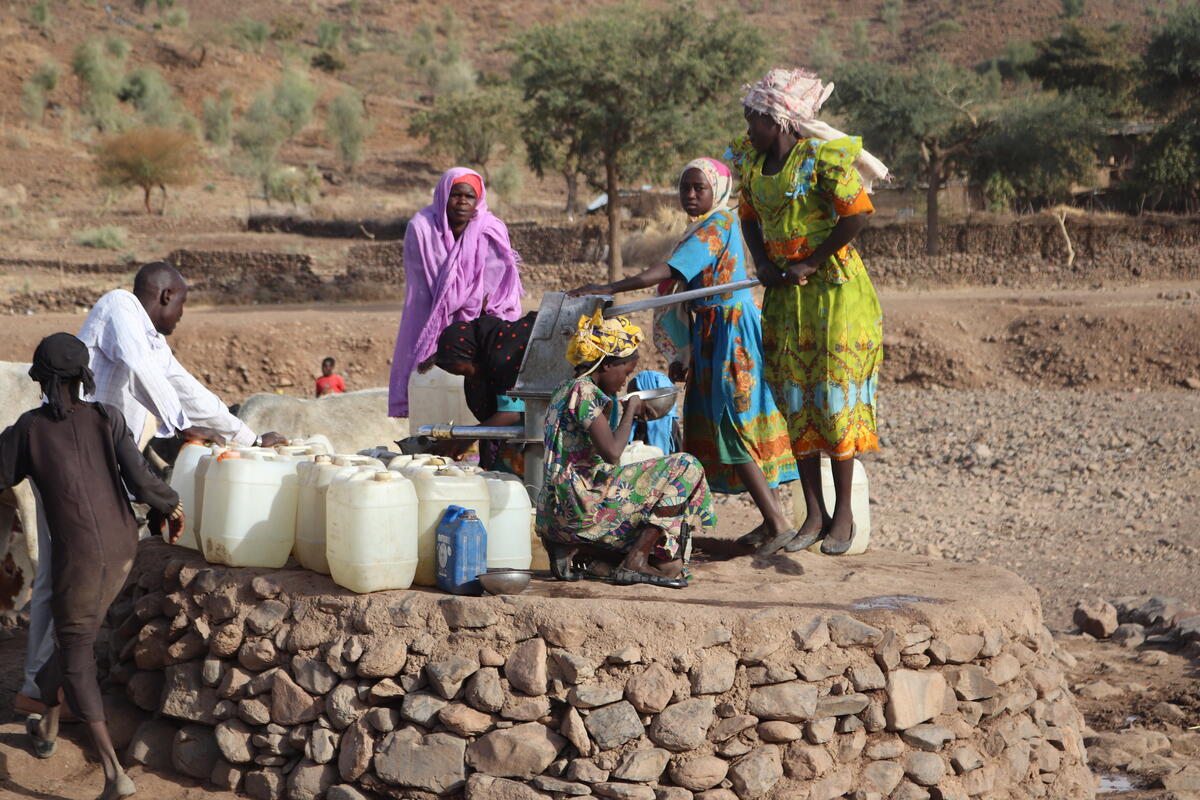More than 60,000 Somalis displaced in the first weeks of 2010
More than 60,000 Somalis displaced in the first weeks of 2010
The number of Somali casualties and displaced civilians continues to grow as fighting in central areas of Somalia rages on. Since the beginning of the year, fighting and general insecurity have displaced an estimated 63,000 people in Somalia.
Fighting continues in the capital Mogadishu where, according to local sources, the latest street battles between government forces and Al-Shabaab and Hisb-ul-Islam militia on 13 January resulted in the deaths of at least 10 people including children. Over the past two weeks alone, some 14,000 people were displaced from and within the Somali capital.
New fighting between Alu Sunna Wal Jamma and Hisb-ul-Islam erupted in central Somalia's Belet Weyne, on 9 January, reportedly killing at least 30 and injuring another 50 civilians. Thousands of people have been forced to flee from their homes to save their lives and to date an estimated 11,900 have temporarily settled around Belet Weyne in appalling conditions. The surrounding Hiraan region, bordering Ethiopia, is already hosting more than 50,000 internally displaced people (IDPs).
Meanwhile, in Dhuusamarreeb, in the central region of Galgaduud, the reported number of people displaced following renewed clashes between Alu Sunna Wal Jamma and Al-Shabaab early this year has also risen. We estimate that some 28,800 people are now displaced in villages surrounding the town of Dhuusamarreeb. They are in urgent need of shelter, water and health care. According to sketchy reports, so far 150 people have been killed and another 80 injured in the fighting in this part of Somalia. As the conflict for control of the territory continues, insecurity makes it extremely difficult for aid workers to access the area and deliver much needed assistance.
Somalia continues to be one of the worst humanitarian crises in the world, with some 1.5 million internally displaced and over 560,000 people living as refugees in neighbouring countries, mainly in Kenya (309,000), Yemen (163,000) and Ethiopia (59,000).








